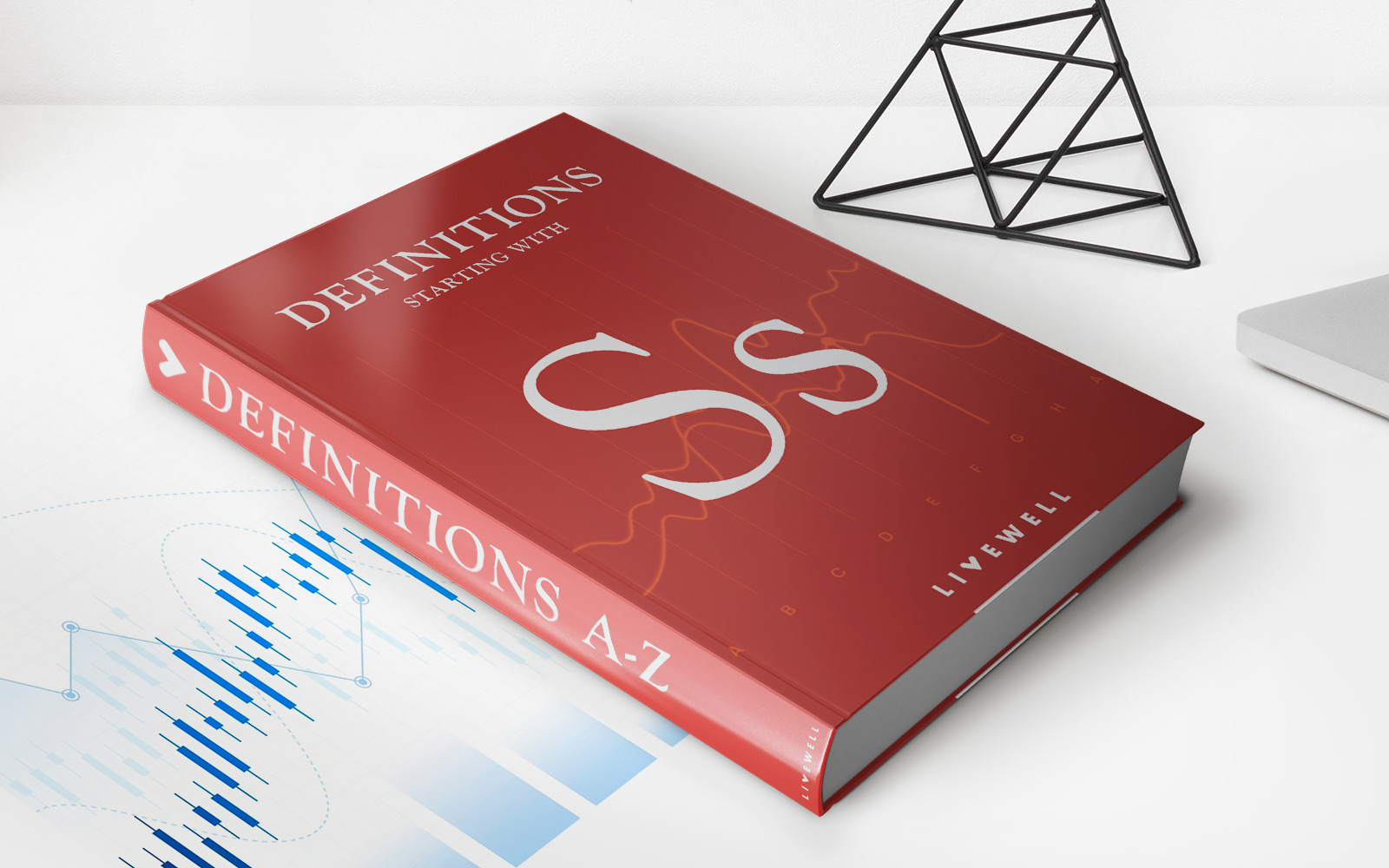Home>Finance>Available-for-Sale Securities: Definition, Vs. Held-for-Trading


Finance
Available-for-Sale Securities: Definition, Vs. Held-for-Trading
Published: October 11, 2023
Learn the difference between available-for-sale securities and held-for-trading securities in finance. Understand how each category impacts your investment strategy.
(Many of the links in this article redirect to a specific reviewed product. Your purchase of these products through affiliate links helps to generate commission for LiveWell, at no extra cost. Learn more)
Understanding Available-for-Sale Securities: Definition and Differences Compared to Held-for-Trading
Are you confused about the terms “available-for-sale securities” and “held-for-trading”? Do you want to know the differences between the two? Look no further! In this blog post, we will explain what available-for-sale securities are and how they differ from held-for-trading securities. By the end of this article, you will have a clear understanding of these terms and how they can impact your financial decisions.
Key Takeaways:
- Available-for-sale securities are investments that a company holds with the intention to sell them in the future but not immediately.
- Held-for-trading securities are investments that a company intends to trade on a frequent basis for profit.
Now that we have established the key takeaways, let’s delve deeper into each term to gain a better understanding.
Available-for-Sale Securities
Available-for-sale (AFS) securities refer to investments held by a company or an individual that are not classified as either held-for-trading or held-to-maturity. These securities are typically financial instruments like equities, bonds, or derivatives that the owner intends to hold for an extended period of time. The intention is to sell them sometime in the future but not immediately.
AFS securities are recorded at fair value on the balance sheet, and any unrealized gains or losses are reported as comprehensive income. This means that changes in the value of these securities directly affect the company’s equity. However, they don’t impact the income statement until they are sold.
One benefit of holding available-for-sale securities is that they provide flexibility. Companies can hold these investments until they believe the market conditions are favorable for selling. This allows them to take advantage of potential gains while controlling their exposure to market volatility.
Held-for-Trading Securities
Unlike available-for-sale securities, held-for-trading (HFT) securities are investments that companies actively trade on a frequent basis with the intention of making a profit. These securities include stocks, options, and commodities that are bought and sold regularly to take advantage of short-term price fluctuations.
HFT securities are reported at fair value on the balance sheet, just like AFS securities. However, unlike available-for-sale securities, any changes in their fair value are recognized as gains or losses in the income statement rather than comprehensive income.
The main difference between available-for-sale securities and held-for-trading securities lies in their intended purpose. While available-for-sale securities are held for a longer period with the aim of eventual selling, held-for-trading securities are actively traded in the short term to generate immediate profits.
Conclusion
Understanding the differences between available-for-sale securities and held-for-trading securities is crucial for making informed investment decisions. Here’s a quick recap:
- Available-for-sale securities: Investments held with the intention to sell them in the future but not immediately. Recorded at fair value on the balance sheet, with changes in value reported as comprehensive income.
- Held-for-trading securities: Investments actively traded on a frequent basis for short-term profit. Recorded at fair value on the balance sheet, with changes in value reported in the income statement.
By understanding these differences, investors can better assess their risk tolerance and develop strategies that align with their investment goals. Whether you prefer the long-term stability of available-for-sale securities or the excitement of held-for-trading securities, being informed is the key to successful financial decision-making.














